Tom's Guide Verdict
The ZTE Blade Z Max for MetroPCS is a heck of a bargain, offering dual cameras, long battery life and a huge 6-inch screen for less than you’d expect.
Pros
- +
Unbeatable price
- +
Dual-lens rear cameras
- +
Long battery life
- +
Bright, colorful 6-inch full-HD display
Cons
- -
Uneven photo processing effects
- -
Middling performance
- -
Locked to MetroPCS
Why you can trust Tom's Guide
Samsung is preparing to ship the Galaxy Note 8, the first of its phones to feature a dual-lens camera. It’s also the first smartphone to clear the $1,000 price ceiling (once you factor in taxes). But you don’t really need to spend that much money for an Android phone with all the bells and whistles. ZTE’s new MetroPCS-exclusive Blade Z Max has a dual-lens camera, fingerprint sensor, beautiful 6-inch display, USB-C port, headphone jack, and it runs Android 7.1, just like the Note 8, for just $130.
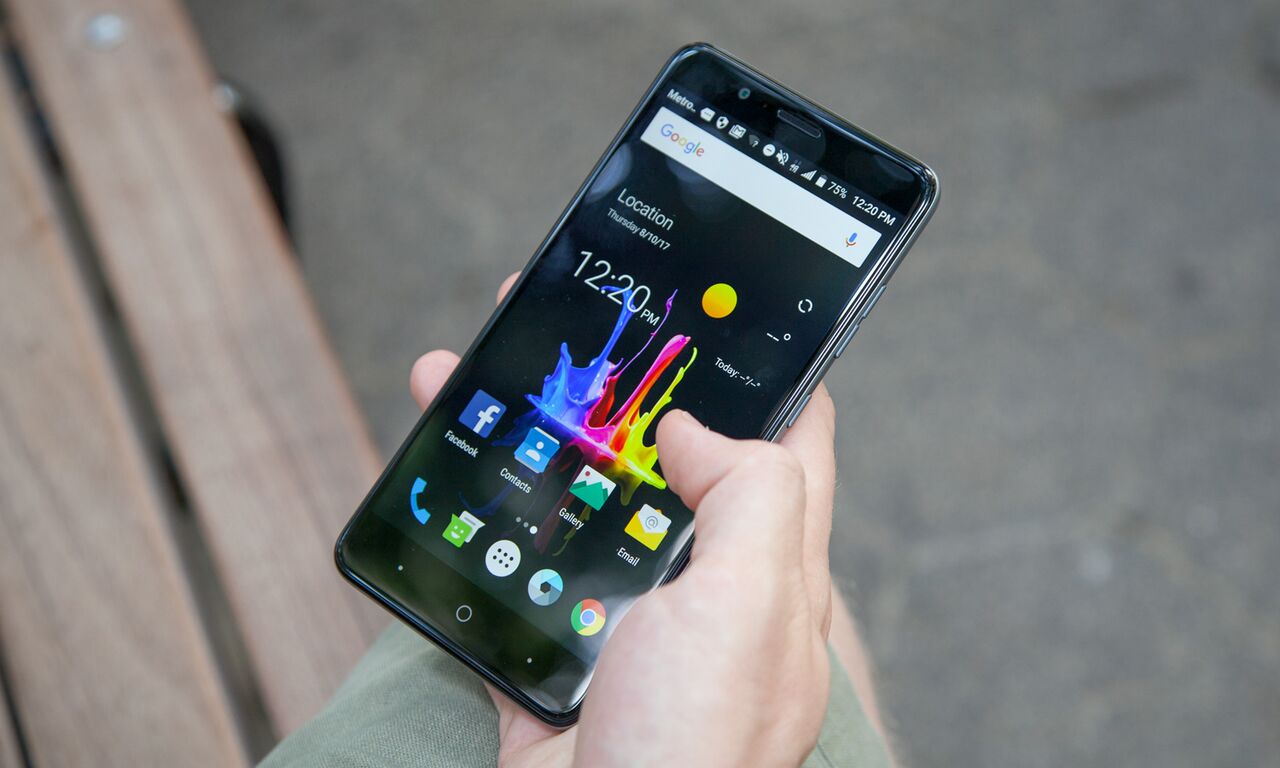
Comparing the Blade Z Max to the Galaxy Note 8 is unfair, especially when you drill down into important factors like performance, display resolution and image processing. But the Blade Z Max is a perfect example of just how much budget Android phones have improved, giving you flagship-level features at a fraction of the cost.
Cameras: Awesome but Occasionally Uneven
The Blade Z Max sports a dual-lens camera, which isn’t new for ZTE — its Blade V8 Pro, released earlier this year, also sported a two-camera system. But that phone is $230 and still runs Android Marshmallow.
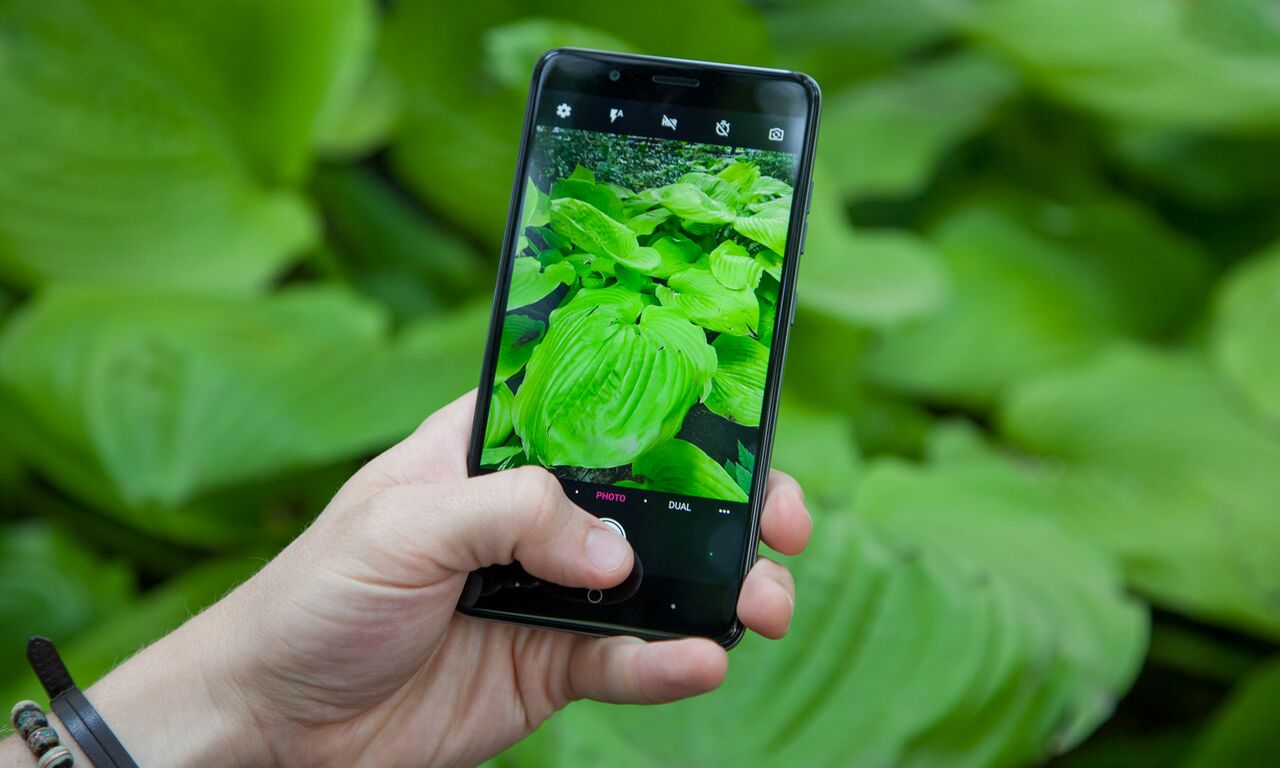
The Blade Z Max’s 16-megapixel- and 2-MP rear lenses sit side by side and enable effects like portrait mode, bokeh and monocolor, which creates a “Sin City” effect (black and white with splashes of color). ZTE helpfully highlights those effects in the Camera app under a Dual setting, and you can choose from portrait, bokeh and monocolor there.

The image-processing results were uneven in my testing. Portrait mode, which creates a depth effect by bringing the subject of your photo into sharp focus while blurring the background, turned an early morning shot of sunflowers at the Union Square farmers’ market into a beautiful still life on one day. But when I shot flowers in a planter, the lenses brought a passing bicyclist into focus, too — even though he was across the street from the blooms I was photographing.
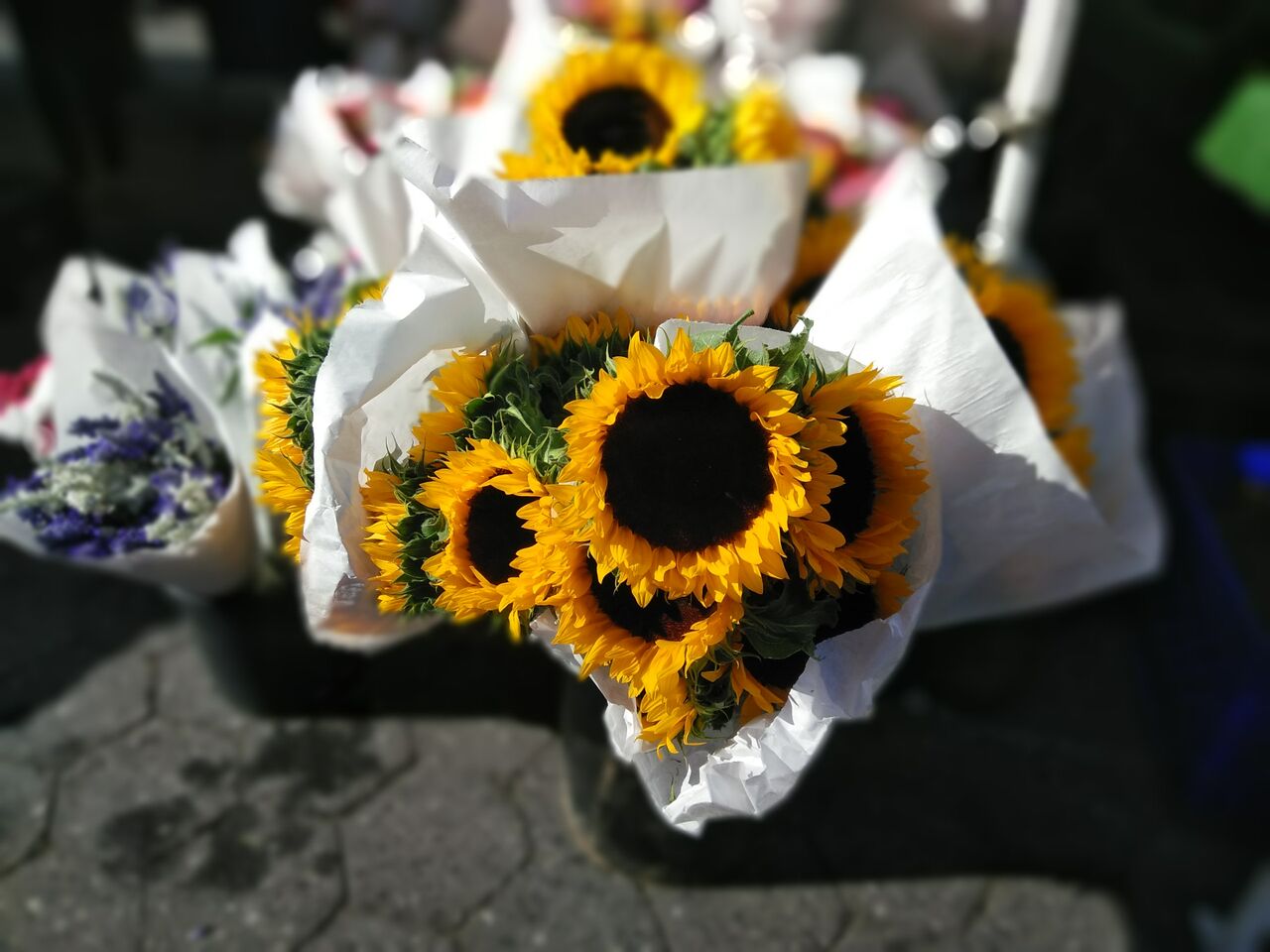
I had better luck with bokeh, which also creates a blurred effect in your photos but allows you more granular controls. You can choose which aperture to shoot in and your subjects can be farther away. When you edit your photos later, you can refocus the image and change the aperture for more or less blur. I used both bokeh and portrait to shoot sunflowers, and preferred bokeh.

Monocolor was also pretty neat, though a bit gimmicky. It’s perfect for capturing a black-and-white image of green foliage in a park or a shot of a woman in a red dress, but I didn’t find myself using it that much.
Display: As Good As it Gets at This Price
The Blade Z Max has a 6-inch Full HD (1920 x 1080) LCD display, and it’s great. I streamed everything from the Tina Fey special edition of Weekend Update to the new Katy Perry music video, and the screen was as bright and the colors as saturated as you would expect from a phone four times the price.
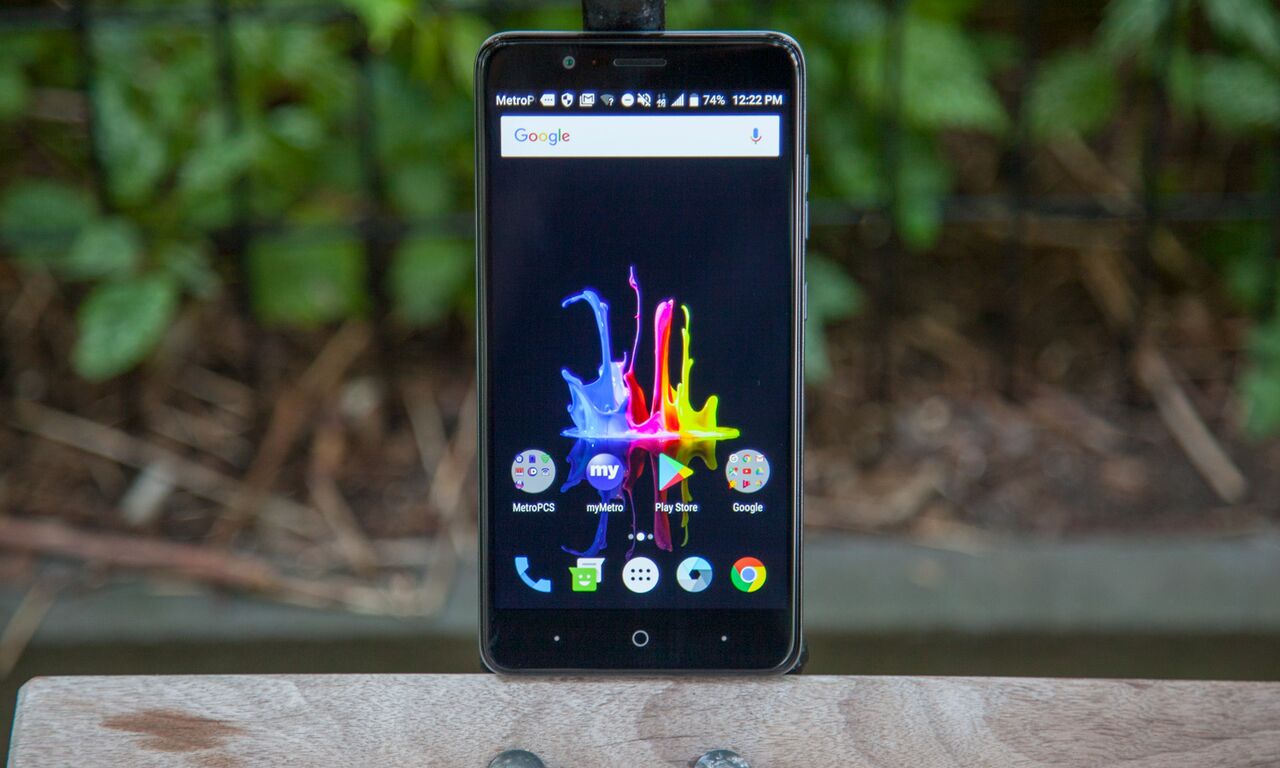
Using a light meter, we found that the Blade Z Max reaches a peak brightness of 510 nits, which easily bests the Blade V8 Pro (430 nits) and Huawei’s $200 Honor 6X (444 nits), a comparable budget phone. The Z Max’s display isn’t quite as bright as Motorola’s $230 G5 Plus, which reaches an impressive 591 nits and is one of our favorite phones under $250.
The Blade Z Max’s 16-MP and 2-MP rear lenses sit side by side and enable effects like portrait mode, bokeh and monocolor.
But the Blade Z Max does have incredible color accuracy with a Delta-E rating of 0.70 (numbers closer to 0 are better). The G5 Plus comes close with a 0.94 rating, but the Z Max again outshines the V8 Pro (2.6) and the Honor 6X (3.28).
The only current phone that rivals the Blade Z Max in price is the $160 Blu R1 Plus, which lacks the Z Max’s display quality (with a 1280 x 720 LCD screen), brightness (at just 364 nits) and color accuracy (Delta-E score of 2.67).
Battery Life: A 4,080 mAh Juggernaut
The Blade Z Max packs in a beast of a battery at 4,080 mAh. ZTE promises up to 31 hours of talk time, but who really talks on the phone that much? We put the Blade Z Max through the Tom’s Guide Battery Test, continuous web surfing over LTE until the battery drains. The phone clocked in at 11 hours and 23 minutes, which lands it on the list of smartphones with longest battery life. The Blade Z Max’s runtime bests the Galaxy S8 and Google’s Pixel XL, but it doesn’t top some of ZTE’s own phones, like the Blade V8 Pro and the Max XL.
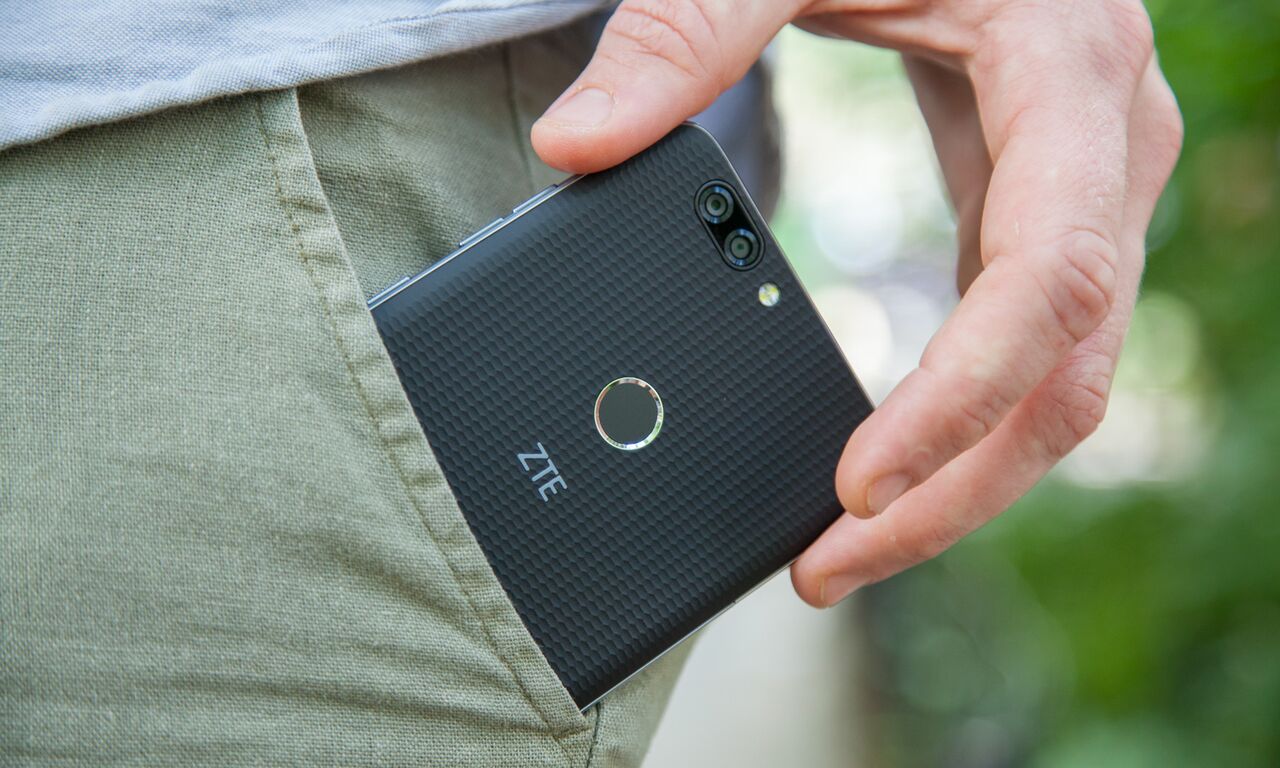
The device’s use of Qualcomm quick-charging over USB-C adds a ton of value, because you can charge up superfast in a pinch. (I can’t be the only one who forgets her phone is on 20 percent right before leaving the house.)
ZTE included a T-Mobile SIM for us to test in the Blade Z Max, which could have affected battery life. Both T-Mobile and MetroPCS use the same LTE network, but MetroPCS customers can be throttled in favor of T-Mobile subscribers if there’s a lot of network congestion.
Performance: Nothing to Brag About
The Blade Z Max handles web-browsing, app-switching and lightweight game-playing just fine, but the Qualcomm Snapdragon 435 octa-core processor and 2GB of RAM doesn’t bring the power you need for more intense games.
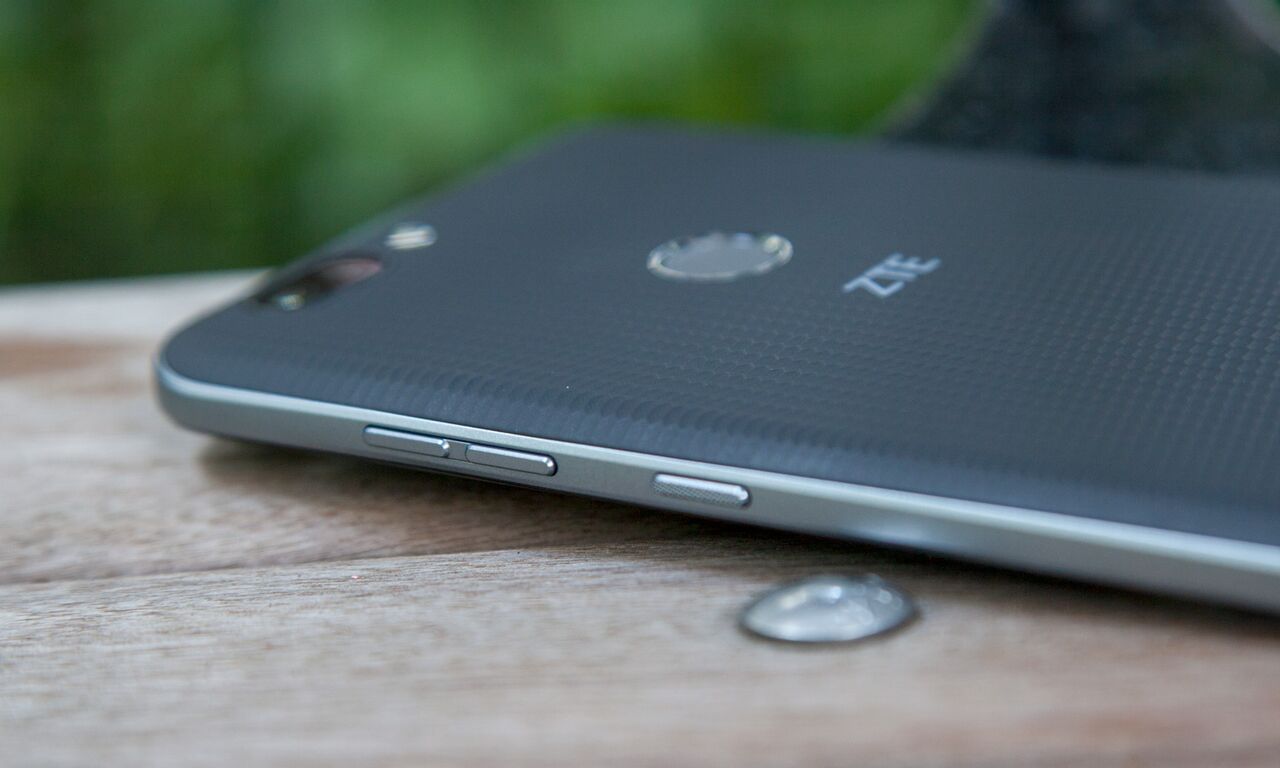
The Z Max scored a 2,595 on the GeekBench 4 test of overall performance, which falls far short of the Moto G5 Plus’s 3,746 score. (Moto’s phone has a more powerful Snapdragon 625 CPU with 4GB of RAM). However, the Blade Z Max is positively blazing compared with the Blu R1 Plus; that budget phone scored 1,583 with its MediaTek MT6737 1.3-GHz quad-core processor and 3GB of RAM.
Design: Large But Slim
There’s no getting around it: The Blade Z Max is massive. That’s not a bad quality when it comes to the full-HD 6-inch display, but it can lead to usability issues. Fortunately, ZTE gave it some thought and made the Blade Z Max ultraslim at 0.33 inches. That makes the phone fairly easy to hold. The diamond-textured plastic back also gives the phone some extra grip.
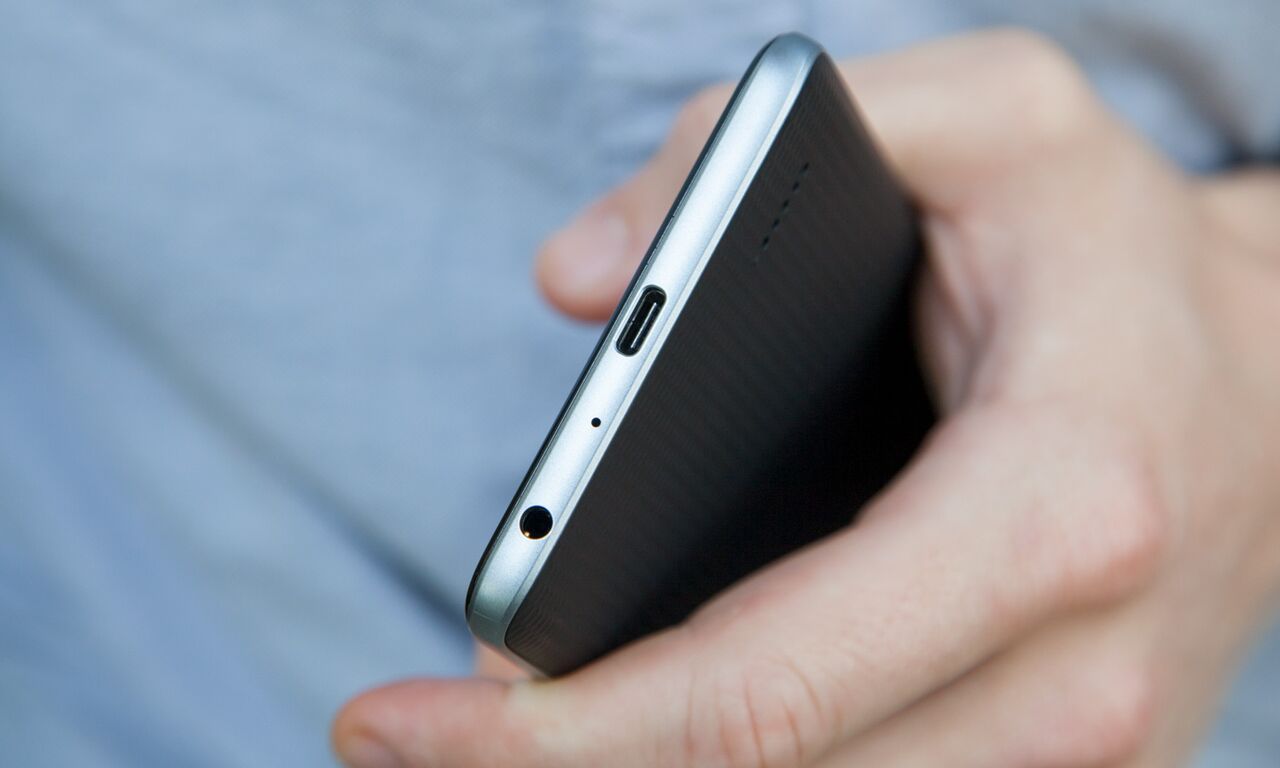
ZTE also put the Blade Z Max’s rear camera on the top left of the device, far away from the fingerprint sensor embedded in the center, which means you won’t accidentally smudge either lens trying to unlock your phone. This is something Samsung should really take note of, considering that the camera and fingerprint sensor placement on the Galaxy S8 and Galaxy Note 8 sit side by side.
Carrier: One Option
ZTE made the Blade Z Max exclusive to prepaid carrier MetroPCS. That’s unfortunate if you prefer another network. But if you’re looking for a solid phone that gets great service, you can’t do much better than MetroPCS, which uses T-Mobile’s top-rated 4G LTE network.
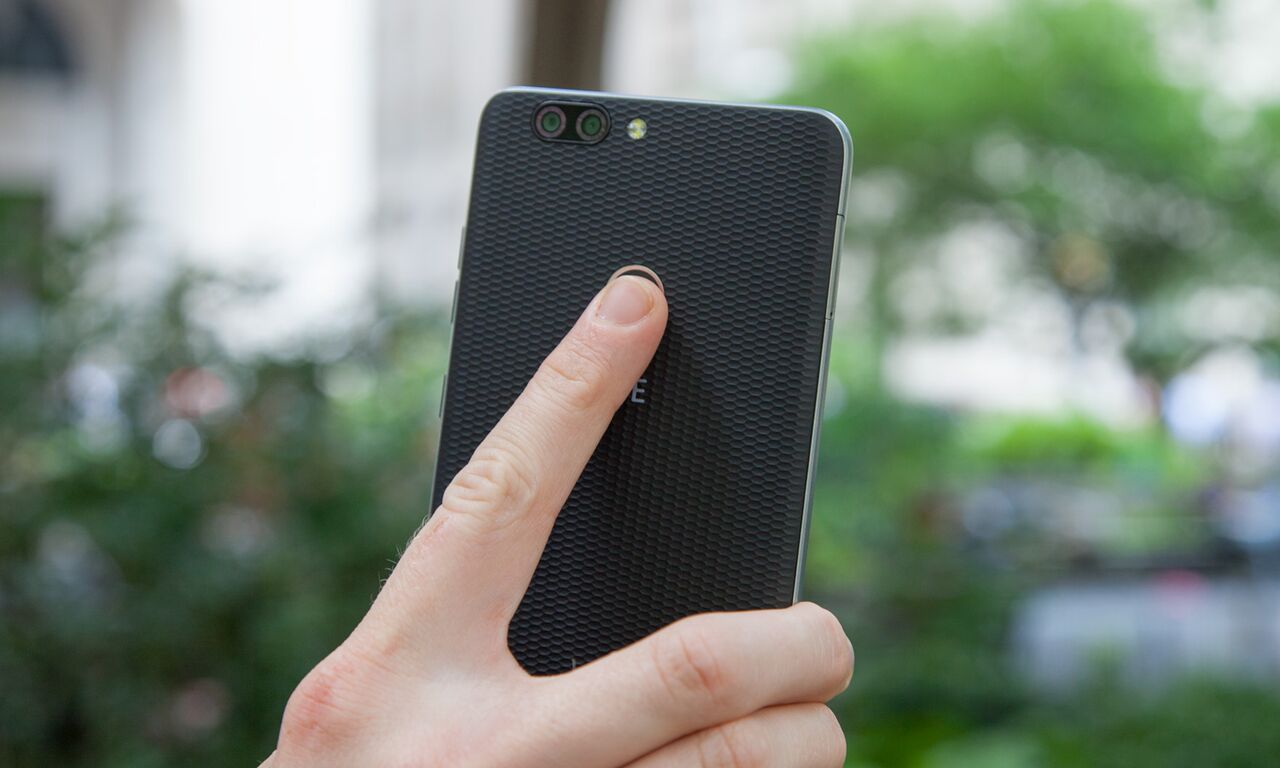
Earlier this year, we tested network speeds on all four major wireless carriers and five prepaid carriers, including MetroPCS. Since it uses T-Mobile’s network, MetroPCS was the fastest of all the prepaid options, with 22.1 Mbps download and 16.0 Mbps upload speeds.
Buying the Blade Z Max will tie you to MetroPCS, but that’s not a bad position to be in.
MORE: Best MetroPCS Phones
Bottom Line
Mark 2017 down as the year that premium phones started to cost more than tablets and laptops. But it will also be the year that phones under $200 finally started to deliver. The Blade Z Max is one of the best of the bunch.
Credit: Tom's Guide
Caitlin is a Senior editor for Gizmodo. She has also worked on Tom's Guide, Macworld, PCWorld and the Las Vegas Review-Journal. When she's not testing out the latest devices, you can find her running around the streets of Los Angeles, putting in morning miles or searching for the best tacos.
-
lightfantastik No 5 gHz Wifi, sorry. I have only had that on one of my last 4 devices, and it was a much much more expensive Nexus 6. Lack of it has been far from a deal breaker for me. I wouldn't sweat it. It's a great phone (at least for the 12 hours I've had it so far). Camera is awesome. You will not find a better phone for the money, and having owned all 3 "Zmax" models Metro PCS has offered over the last 3 years, I can confidently say they make a great product, especially for the money.Reply -
some1also Can the photos taken be saved directly to the SD Card?Reply
Can the Sounds be used from the SD card (LGK20, all sounds have to be on the main phone, using up memory)
Can apps me moved to the sd card? -
tedcoffee2go *The reference made regarding the handset being tied to Metro PCS is only partially true...as Metro PCS allows most, if not all of their phones to be unlocked after 90 day's or 3 monthly payments, where you can then, switch over to other GSM carrier's.Reply -
bobbycox1661 I am currently using the zte blade zmax on T mobileReply
And have never experienced any issues with the phone freezing up , skipped frames in higher graphic games , no slowing this phone down either,
The battery life has been extremely good in fact I have gotten 2 days normal use from a full charge and almost 14 hours intense use from this phone.
The cameras are in particular with iPhones if not better. This phone is going on a year and a half old and has been used for metro Pcs and it has worked awesomely with Both carriers. I'm extremely glad I bought this phone in September 14 ,2017 and I'm still happy using it today (4/21/2018 ) I couldn't ask for a better phone and look forward to enjoying it for another few years.
